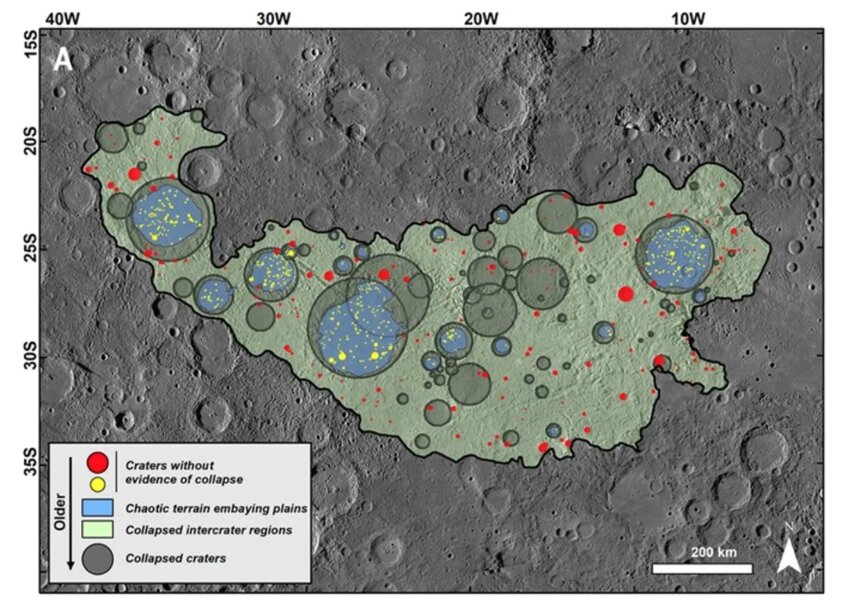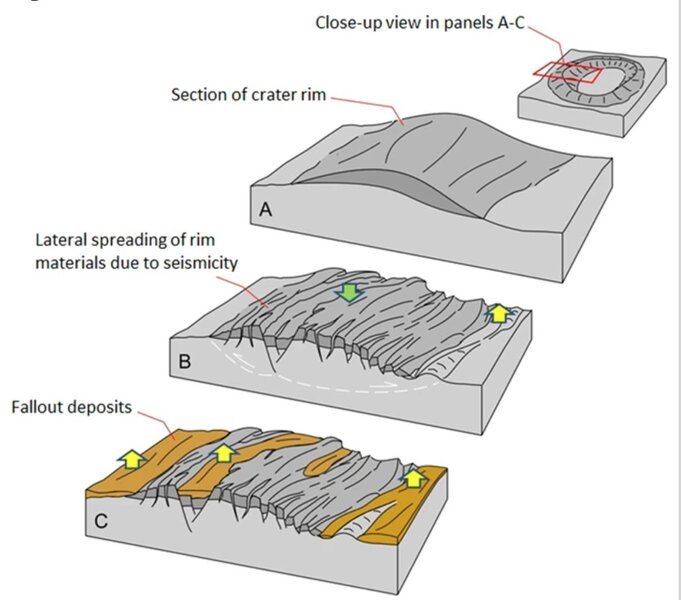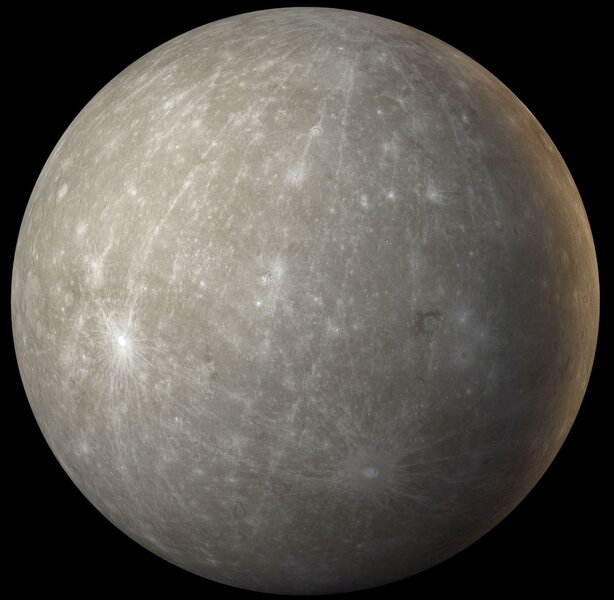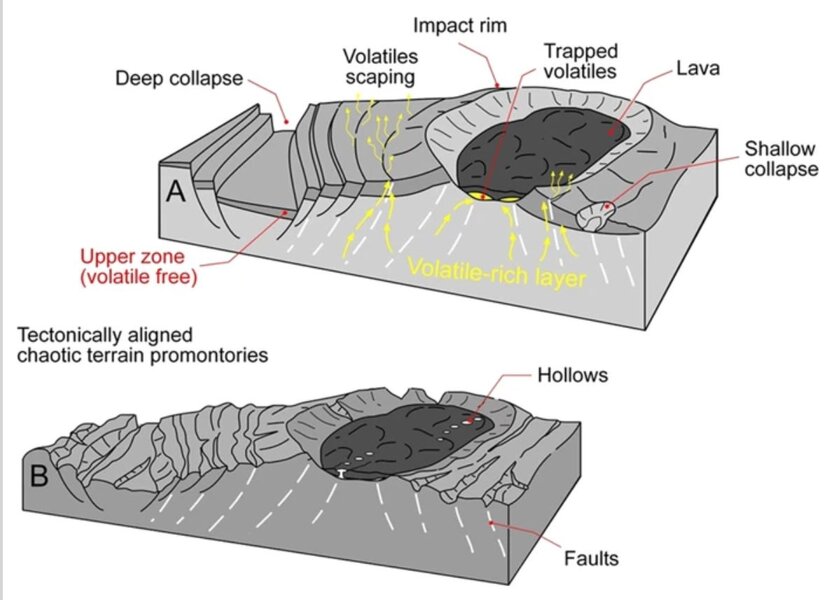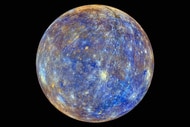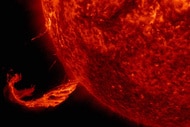Create a free profile to get unlimited access to exclusive videos, sweepstakes, and more!
Did brutally-hot, barren Mercury once hold the ingredients to support life?
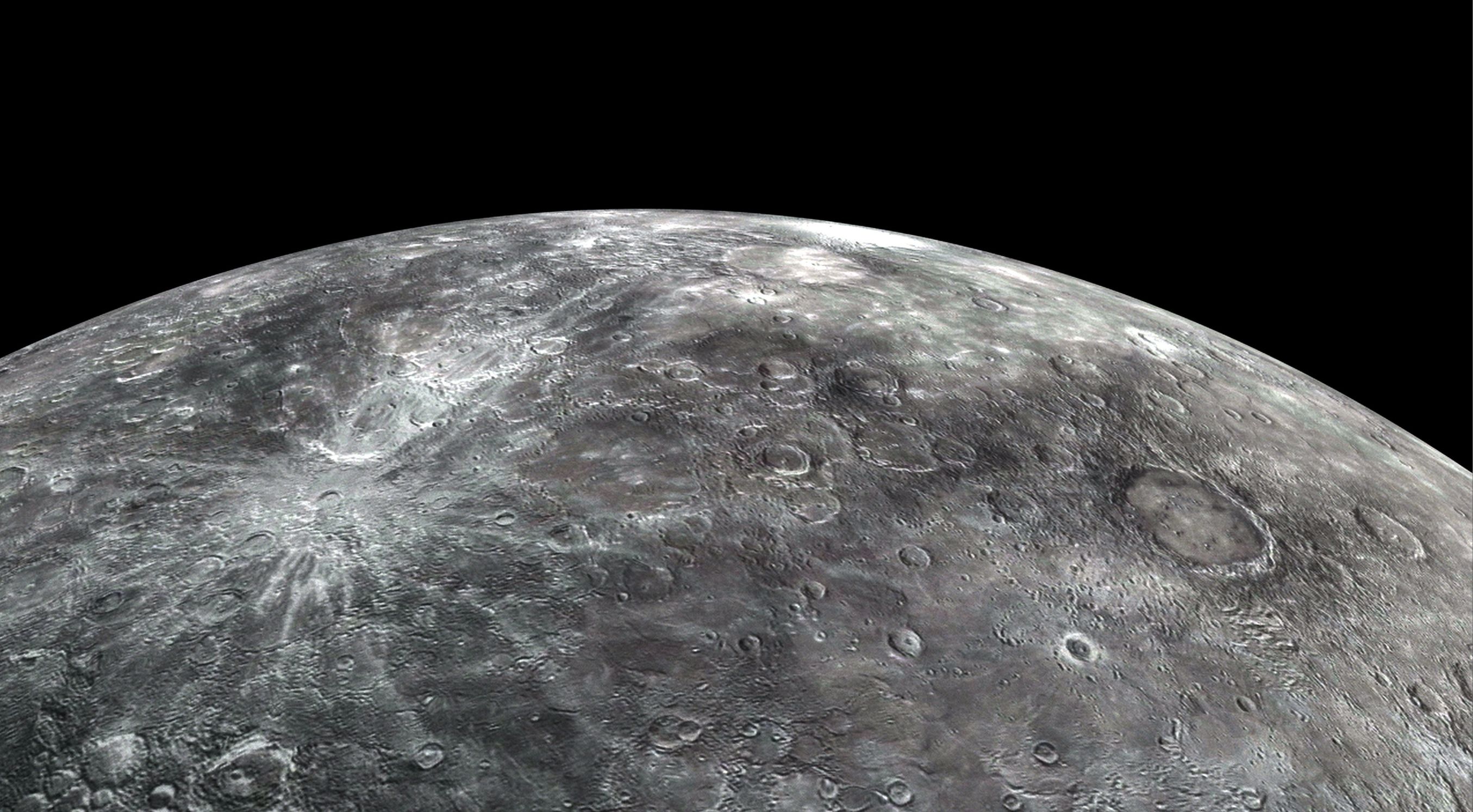
Mercury, that smallest and closest of all planets to our warming Sun, has long been thought to be a scorching hot rock upon which no living substance or creature could possibly have existed.
With blistering solar radiation, zero air pressure, and a surface temperature that can raise the thermometer to a sweltering 800 degrees Fahrenheit, it's as inhospitable a place as can be imagined, and certainly not what one would consider a fertile environment.
But a new study making its mark in the online journal Scientific Reports is offering a radical theory suggesting that Mercury's scattered riot of collapsed impact craters, uneven mountains, and crumbled boulders might once have hidden the essential ingredients to support life on the most basic of levels, in the form of subsurface chemical compounds known as volatiles.
These volatiles, elements that can transform from solid to gas to liquid, may have percolated up from below and provided a nurturing home for prebiotic chemisty, or even a nursery for simple life forms.
This flies in the face of the longstanding hypothesis that the tiny planet's confusing mess of rocks and jagged depressions was caused by a massive asteroid strike, which resulted in swarms of intense earthquakes and magma ejecta.
For more than 50 years, since the data collected by NASA's Mariner 10 probe in the mid-'70s, this has been one of the only explanations for the region's tumultuous landscape — until this intriguing re-examination occurred, which might alter our opinions of our hot-tempered neighbor, whose lead-melting climate seems the last place for life to thrive.
“Think of a kid throwing up a bunch of building blocks and how they land,” said study co-author Deborah Domingue of Arizona's Planetary Science Institute. “Some are up, some are down, some are tilted — that’s chaotic terrain.”
The key to this new hypothesis is the observation of collapsed or ravaged terrain and concerns the effects these underground volatiles might once have had on the desolate landscape, rather than geologic upheaval and volcanic activity. To form the foundation of this premise, scientists relied upon high-resolution imagery and laser altimeter topography collected by NASA's MESSENGER (MErcury Surface Space ENvironment GEochemistry and Ranging) spacecraft, which became the first probe ever to orbit Mercury, from 2011 to 2015.
Mercury's etched, carbon-based surface is highlighted by a ginormous impact basin named Caloris, which spans 800 miles in diameter. Surrounding the crater is a vast basin of haphazardly placed mountains and valleys, revealing significant surface elevation losses and widespread landform retention, and indicating an origin due to a systematic collapse of its chemical-rich crust some 2 billion years after the Caloris crater formed.
“The apparent compositional diversity suggests that the planet’s upper crust might effectively be comprised of a large number of compositional and thermal conditions, some perhaps habitable,” explains lead study author Alexis Rodriguez of the Planetary Science Institute.
This new research paper may radically realign our impressions of Mercury as a toasty, lifeless heavenly body and reformulate scientists' definitions of habitable worlds as they continue to hunt for proper exoplanet candidates that might support life.
